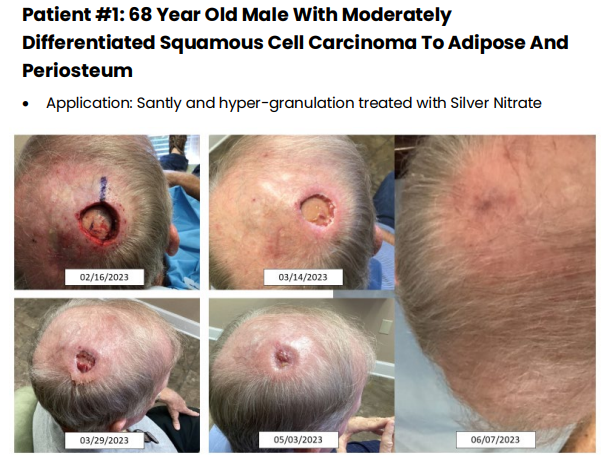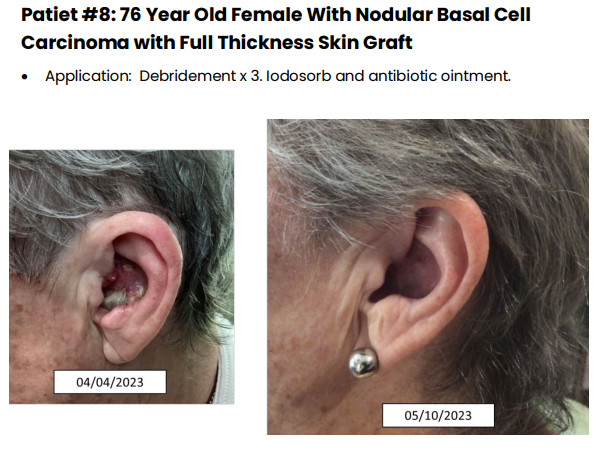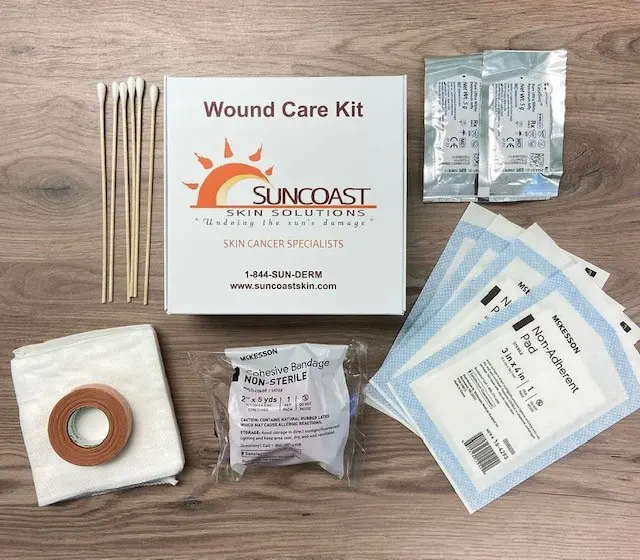Dermatology Wound Care Specialist in Florida
Suncoast Skin Solutions wants to ensure that after a procedure, your wounds are properly cared for. We have implemented multiple wound care processes and procedures that greatly improve wound healing time with minimal scarring.
Natalie was born and raised in Jacksonville, Florida and attended the University of Florida, in Gainesville, FL, where she earned her Bachelor of Science degree in Food Science and Human Nutrition. Thereafter, she earned her Master of Physician Assistant Studies from the UF College of Medicine. She is a board-certified Physician Assistant and Society of Dermatology Physician Assistant Diplomate Fellow. She is also fluent in Spanish.
Natalie Mercado has an available schedule for wound care, spot checks, and general dermatology at the following offices: Bardmoor, Carrollwood & Brandon.


Surgery can also result in the development of chronic wounds, particularly in cases where there are complications such as infections, poor blood flow, or damage to tissues during the surgery. Diabetes can also lead to the development of chronic wounds, as high blood sugar levels can damage blood vessels and nerves, leading to poor circulation and reduced sensation in the feet and legs. This can result in the development of foot ulcers, which can become chronic if not treated promptly.
Chronic wounds of the scalp and legs require specialized wound dressings that provide a moist environment for healing and protect the wound from further damage. The type of wound dressing used will depend on the type and severity of the wound, as well as the underlying medical condition causing the wound. Here are some examples of wound dressings commonly used for chronic wounds of the scalp and legs:
Hydrocolloid dressings
Hydrocolloid dressings are made of a gel-like substance that absorbs fluid from the wound and forms a protective barrier over the wound. They are ideal for wounds with low to moderate exudate (fluid drainage) and can be used for up to several days at a time.
Foam dressings
Foam dressings are made of a soft, absorbent material that can soak up large amounts of exudate. They are ideal for wounds with heavy exudate and can be used for up to several days at a time. Some foam dressings have a border that adheres to the skin around the wound, providing extra protection.
Alginate dressings
Alginate dressings are made from seaweed and form a gel when they come into contact with wound fluid. They are ideal for wounds with moderate to heavy exudate and can be used for up to several days at a time. Alginate dressings should be covered with a secondary dressing to prevent leakage.
Silver dressings
Silver dressings contain silver ions, which have antimicrobial properties that can help reduce the risk of infection. They are ideal for wounds with a high risk of infection, such as diabetic foot ulcers, and can be used for up to several days at a time.
Collagen dressings
Collagen dressings contain collagen, a protein that is important for wound healing. They are ideal for wounds with a low to moderate amount of exudate and can be used for up to several days at a time. Collagen dressings can promote the growth of new tissue and may help reduce scarring.
Compression dressings
Compression dressings are used for leg ulcers caused by venous insufficiency. They help to improve blood flow in the legs and reduce swelling, which can promote healing. Compression dressings should be applied by a healthcare professional to ensure proper fit and pressure.
Hydrogel dressings
Hydrogel dressings contain water and are ideal for wounds with low to moderate exudate. They provide a moist environment for healing and can help reduce pain and inflammation. Hydrogel dressings should be covered with a secondary dressing to prevent evaporation.

